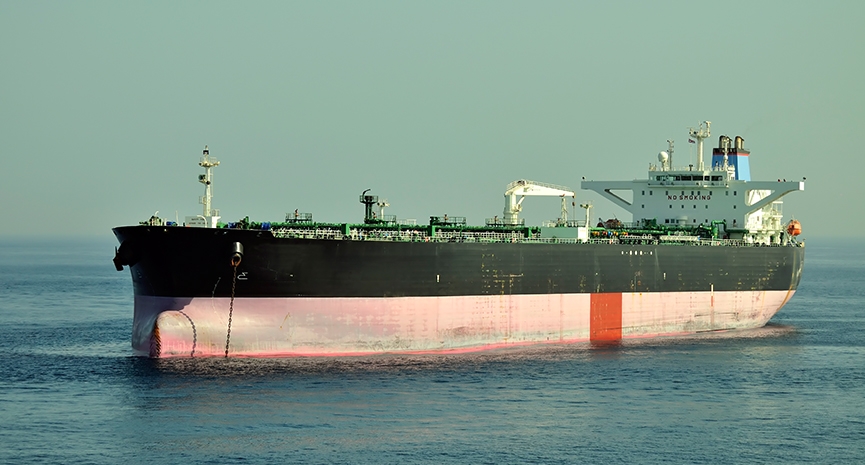Strong oil exports demand pushes tanker rates higher
Shipping - The benchmark World Index for the largest tanker is up by 30 percent compared to the end of March.

Apr 14, 2017: The benchmark World Index for the largest tanker is up by 30 percent compared to the end of March. Increasing demand for tankers taking on crude in West Africa and bound for Asia especially to India and China is largely responsible for the upward trend
The index for very large crude oil carriers, or VLCCs, routeing from the Middles East and the Far East is hovering around WS56. This compares to about WS40 at the end of March when production cuts agreed to by the Organization of the Petroleum Exporting Countries (OPEC) exerted downward pressure on the index.
VLCCs are typically above 300,000 deadweight tonnes. Brokers see the rebound as a result of aggressive exporting from countries like Nigeria, which were not affected by the recent OPEC agreement. In addition, as transporters hoping to cash in on the higher rates flocked to West African routes, freight prices for Middle Eastern routes were also pushed higher.
To offset the previous decline in freight rates, many large tankers are sailing at slower speeds to conserve fuel. This results in longer transport times, causing the number of tankers available for new contracts to decrease, another factor that has helped push up rates.
Meanwhile, crude oil intake at refineries is easing as many Asian refiners begin their annual maintenance, leading most brokers to believe that the rate increase will be short-lived.


